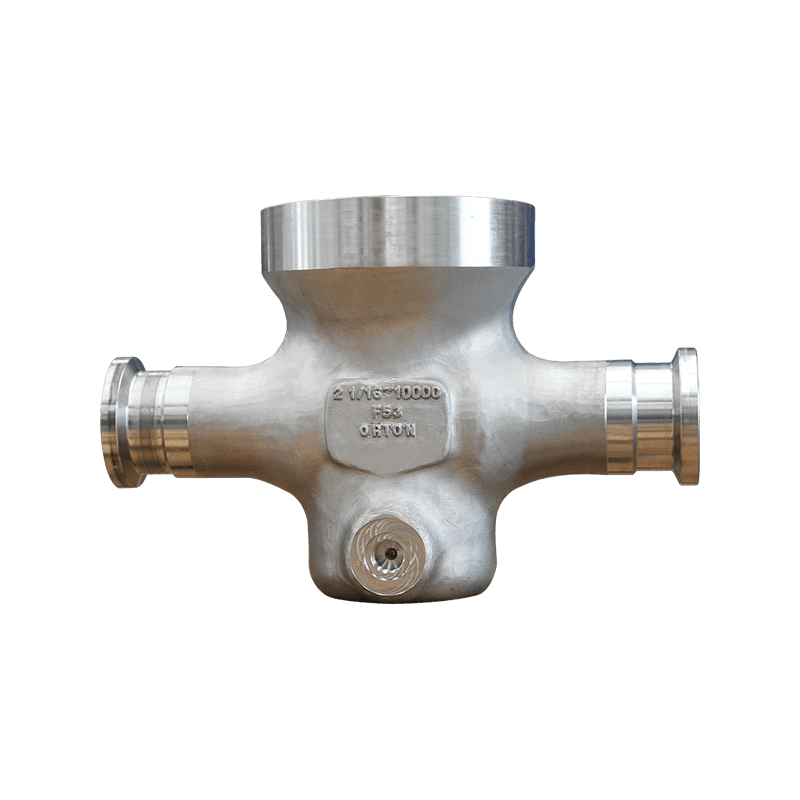The modern industrial landscape relies heavily on efficient and reliable flow control systems, and the ball valve stands as one of the most widely used components. Essential to the integrity and performance of these valves is the manufacturing process used to create their bodies and other critical parts. Among these methods, Ball Valve Forging is paramount, offering significant advantages in strength, durability, and material integrity over alternative manufacturing techniques like casting.
Understanding Ball Valve Forging
Ball Valve Forging is a metalworking process that involves shaping metal—typically steel alloys like carbon steel, stainless steel, or specialty alloys—by compressive forces. The material is heated to a plastic state and then hammered or pressed into a pre-designed shape using dies. This process is distinct from casting, where molten metal is poured into a mold and allowed to solidify.
The Microstructure Advantage
The key benefit derived from Ball Valve Forging lies in its ability to refine and orient the metal’s grain structure. When the metal is deformed under pressure, the internal grain flow follows the contour of the valve’s shape. This uninterrupted grain flow eliminates the internal voids, porosity, and shrinkage that can plague cast components.
- Enhanced Strength: The aligned grain structure results in superior mechanical properties, particularly tensile strength and fatigue resistance. Forged ball valves can withstand higher pressures and operating stresses.
- Improved Ductility and Toughness: The densification of the material improves the valve’s resistance to impact and fracture, making it more reliable in demanding applications.
- Consistency: Forging provides excellent dimensional consistency and a uniform structure from piece to piece, which is vital for quality assurance in large-scale production.
The Ball Valve Forging Process Steps
The process of creating a valve body through Ball Valve Forging is carefully controlled to ensure the final product meets stringent industry standards (such as API, ASME, and ISO).
- Material Preparation: High-quality raw material (bar stock or billet) is cut to the required size and checked for chemical composition.
- Heating: The metal billet is uniformly heated in an induction or gas furnace to its specific forging temperature, ensuring it reaches the optimal plastic state without overheating.
- Pre-Forming (Optional): Sometimes, intermediate forging steps are performed to condition the material before the final shape is achieved.
- Forging (The Die Process): The heated billet is placed into a die cavity, and a powerful press or hammer applies extreme pressure. This single or multi-stage operation forms the valve body, flange connections, and other features.
- Trimming: Excess material, known as flash, is trimmed off the forged component.
- Heat Treatment: The forged body often undergoes a subsequent heat treatment process (such as normalizing or quenching and tempering) to optimize its mechanical properties and relieve internal stresses introduced during forging.
- Machining: The forged component is then machined to its final dimensional tolerances, which involves precise operations like drilling, tapping, and finishing the seating areas and bore.
Applications of Forged Ball Valves
Due to the superior strength and integrity afforded by Ball Valve Forging, forged valves are the preferred choice for critical and high-consequence applications across several industries:
- Oil and Gas: Used extensively in pipelines, refineries, and offshore platforms where high pressure, corrosive media, and temperature extremes are common.
- Power Generation: Essential for steam and water systems in conventional and nuclear power plants.
- Chemical and Petrochemical Processing: Ideal for handling hazardous, volatile, or highly corrosive fluids where leakage or failure is unacceptable.
- High-Pressure Services: Any application requiring valves rated for high-class pressure ratings (e.g., Class 600, 900, 1500, and 2500) will typically specify a forged body.
In summary, while casting remains a viable, lower-cost option for many general-purpose valves, Ball Valve Forging provides a non-negotiable step up in quality and reliability for demanding industrial service. The enhanced material strength and structural integrity ensure a longer operational lifespan and, crucially, a higher degree of safety for personnel and processes.

 English
English русский
русский

